The March Clean Eating book of the month is Cooked: A Natural History of Transformation by Michael Pollan. I give this book 5 out of 5 Strawberries!
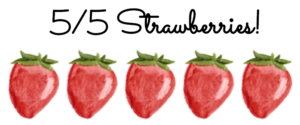
It’s no secret that I have a food crush on Michael Pollan. I often call him my food guru. I write about how he convinced me to try eating meat again in The Omnivore’s Dilemma: A Natural History of Four Meals in this post. I realize that it’s not much of a surprise that I liked his most recent book, as I have liked all of his books. Although the picture of pasta on the cover did make me question whether or not this would be the first of Pollan’s books that I would not like ;-). Allow me to share the reasons why I really liked Cooked.
The goal of this book is to help you see the value of cooking food for yourself in a world of short cuts, fast food restaurants, and microwaves. The book is organized into four parts: Fire, Water, Air, Earth. Part of what I love about Cooked is that Pollan takes a historical and cultural look into how humans have fed themselves since the beginning. Additionally he takes what he has learned and then tries it out for himself in his own kitchen. You gotta love a guinea pig!
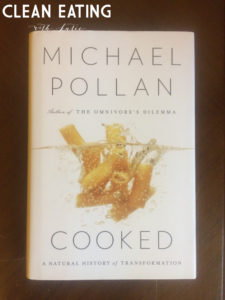
The section on Air is really a section on fermentation and bacteria. He discusses the work of Sandor Katz [pretty much the godfather of fermentation, his bible is The Art of Fermentation: An In-Depth Exploration of Essential Concepts and Processes from around the World] and he discusses the work of Sister Noella Marcellino, a raw cheesemaker and holds a Ph.D. in microbiology. perhaps I found this section the most fascinating because of my studies and work as a nutrition consultant. Here is quote showing the immense importance and need for probiotics in our diet: “Probiotics-beneficial bacteria ingested either in fermented foods or in supplements- have been shown to: calm the immune system and reduce inflammation; shorten the duration and severity of colds in children; relieve diarrhea and irritable bowl syndrome; reduce allergic responses, including asthma; stimulate the immune response; possibly reduce the risk of certain cancers; reduce anxiety; prevent yeast infections; diminish levels of E. coli 0157:H7 in cattle and salmonella in chickens; and improve the health and function of the gut epithelium. (Pollan, 2013, p.335)”.
I hope you’ll check out this book and the Cooked four part series on Netflix.
Want to know what else I’m loving (not loving)?? Let’s connect on Goodreads!
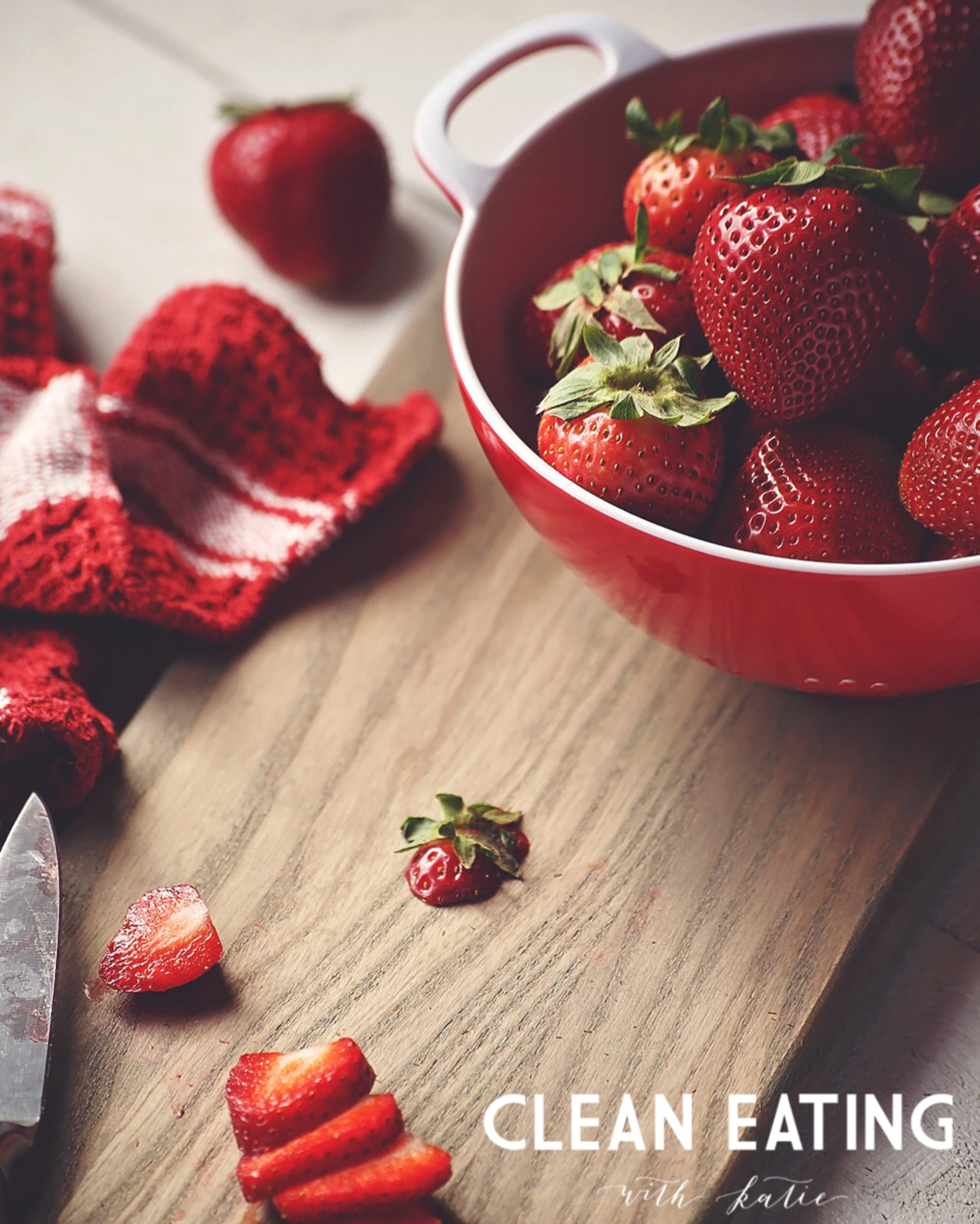

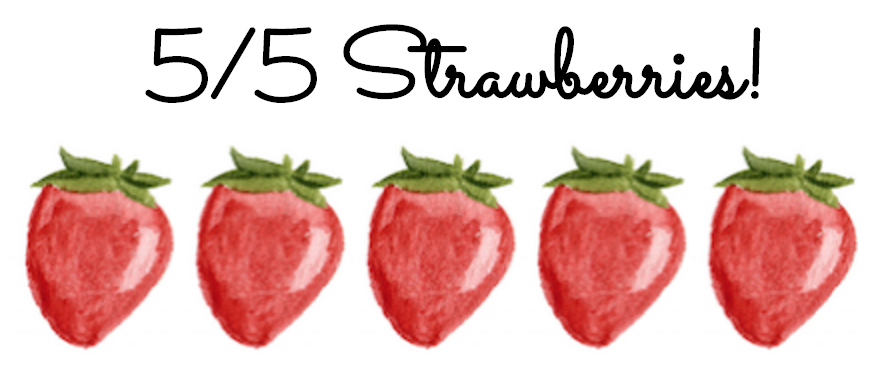
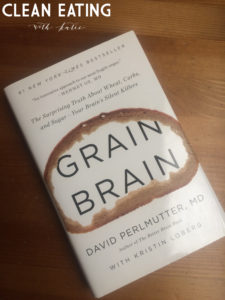

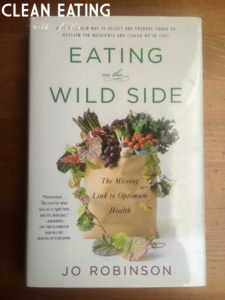 In Eating on the Wild Side, You’ll learn that sweet potatoes aren’t in the potato (nightshade) family but in the morning glory family, that drinking a glass of beet juice before a run will help you run longer (due to the naturally occurring nitrates), that the outer leaves on lettuces are the most healthy because they make the most chlorophyll, and that broccoli loses most of it’s phytonutrients within 24-hours of harvest – so grow your own or shop at the farmer’s market and look for it on ice.
In Eating on the Wild Side, You’ll learn that sweet potatoes aren’t in the potato (nightshade) family but in the morning glory family, that drinking a glass of beet juice before a run will help you run longer (due to the naturally occurring nitrates), that the outer leaves on lettuces are the most healthy because they make the most chlorophyll, and that broccoli loses most of it’s phytonutrients within 24-hours of harvest – so grow your own or shop at the farmer’s market and look for it on ice.
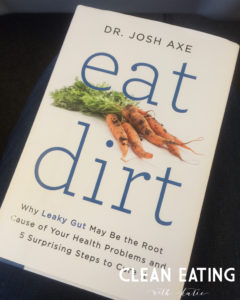 It
It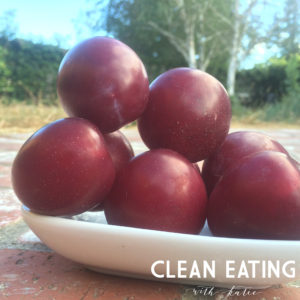 I have very fond childhood memories of eating all the fruit growing up. My grandfather grew up on a farm in Lake Huron, MI. When the Essenmacher clan moved to California, he set up a bountiful backyard garden. Among the many things that he grew were plums. The plum tree was nestled next to my childhood swing set. I still love plums to this day and I’ll give my grandparents all the credit for my fruit addiction.
I have very fond childhood memories of eating all the fruit growing up. My grandfather grew up on a farm in Lake Huron, MI. When the Essenmacher clan moved to California, he set up a bountiful backyard garden. Among the many things that he grew were plums. The plum tree was nestled next to my childhood swing set. I still love plums to this day and I’ll give my grandparents all the credit for my fruit addiction.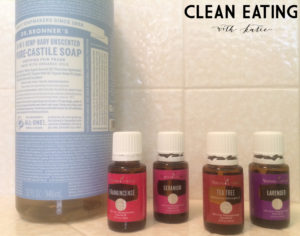
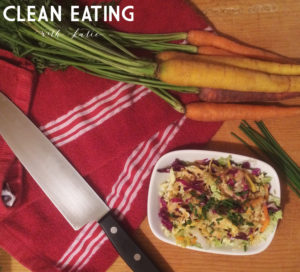 ugar Detox: Bust Sugar & Carb Cravings Naturally
ugar Detox: Bust Sugar & Carb Cravings Naturally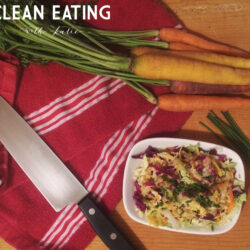
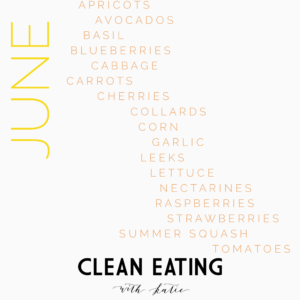 nectarine season. And that summer squash will be coming to a zoodler near you! Here is the Spiralizer that I use to turn my zucchini into “noodles”:
nectarine season. And that summer squash will be coming to a zoodler near you! Here is the Spiralizer that I use to turn my zucchini into “noodles”: 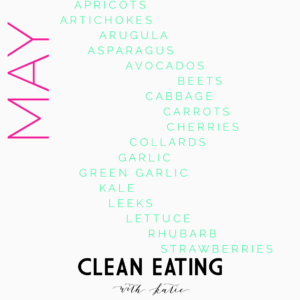 short season. I try to buy them for him often during May and June. I have never bought rhubarb, so it should go on my list of things to buy and cook with.
short season. I try to buy them for him often during May and June. I have never bought rhubarb, so it should go on my list of things to buy and cook with.